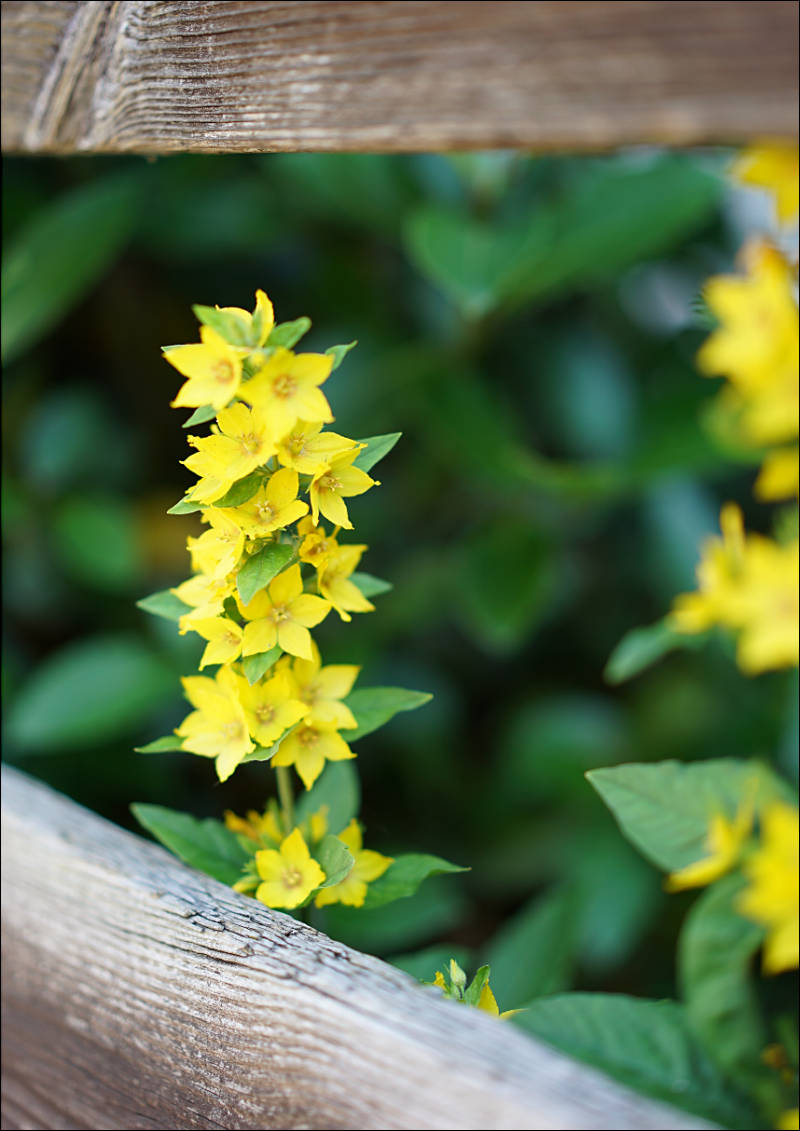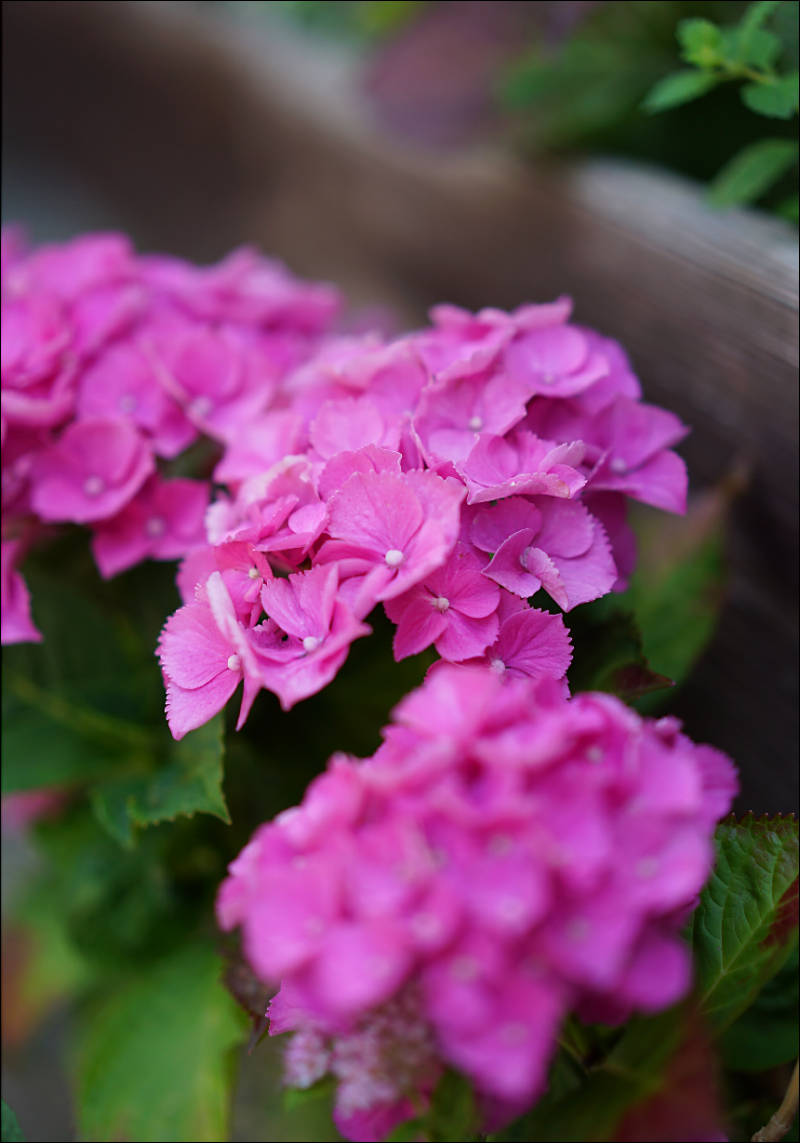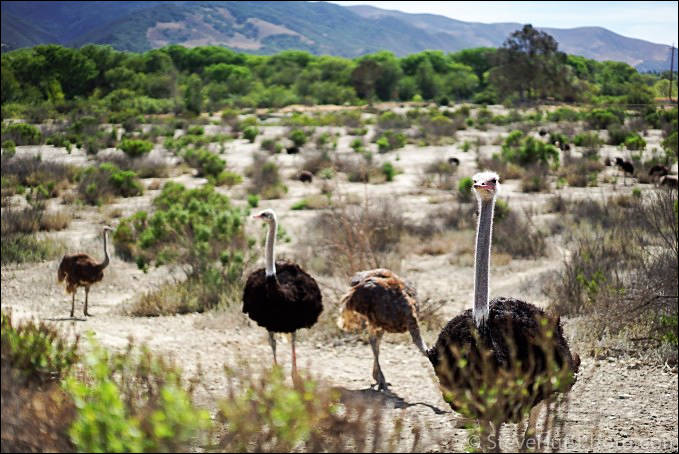
-
There is something I have seen for a long time, since the Technicolor Cinestyle Canon DSLR footage on Vimeo, and now this same thing shows up in Sony S-Log2 footage.
When people do the grading in computer, most of times the highlights are not preserved, also the shadows goes too much deep... It seems to be very difficult to grade the flat image, to recover the correct gamma and contrast, and keep the shadows and highlights without crush/clip.
If you take a look at these links and compare before/after grading you will perceive that the highlights could be more preserved in the graded images. So, why shoot Cinestyle in Canon or S-Log in Sony if you cannot do a perfect grading in post to preserve all dynamic range? Is this a matter of grading skill? Or it is just impossible to preserve all the dynamic range in highlights and shadows after grading? See:
http://www.hingsberg.com/index.php/2013/03/f55-slog2-s-gamut-mode-test/
-
Downloaded the clip and the xavc codec used in the original capture seems quite solid. Grading it was also much better than a capture with similar flat style on Canon dslr. But it will be a pain to preserve nice skin tones shooting this flat in such a compressed codec and noise is quite present at the native ISO. The noise is admittedly not the ugliest I've seen. My enthusiasm is a bit muted.
-
I have no problem with dialing in the skin tones. What I do have a problem with is the welding glass I'll have to put in front of the lens to get shallow DOF. A 10stop variable ND is such a must (around $300-$400) and it just adds up to the cost of the camera along with additional batteries ($47). 1 battery for 1 hr of shooting. It's as power hungry as bmpcc.
-
Don't forget that a 10 stop ND. or even 6 stop, when shot in sunlight will create IR pollution unless you use and IR filter, or an ND with IR filter, such as Hoya ProNDs. The best is a mattbox with TrueND IR filters, but few can afford them. IR pollution creates a magenta tone that is almost impossible to remove in post, especially from faces.
-
Don't misunderstand about ISO 3200 minimum in S-log2: it's not equivalent to ISO 3200 in rec.709. S-log2 has much larger dynamic range, and the extra dynamic range is mostly (or all?) in the highlights. So ISO 3200 in S-log2 clips to white for the same sensor illuminance as ISO 200 or 250 in rec.709, I'm guessing - I'll test for the real value when I receive my camera. Sure, it'd be nicer to have a lower ISO, but we're talking just 1 stop difference or so from the lowest possible ISO with this sensor.
The camera is rated for 90 minutes of continuous video shooting on a battery.
-

 v155.jpg800 x 1131 - 105K
v155.jpg800 x 1131 - 105K
 v156.jpg800 x 1143 - 88K
v156.jpg800 x 1143 - 88K -
Those links are for a77, VK
-
LOL, fixed.
-
The U.S. English manual and help guide have been posted:
The manual is missing a lot of information - you should refer to the help guide also. There are still a few things in the Japanese manual that are not in the English documents, like 12-bit raw precision when silent shooting is enabled.
-
Shutter sound http://instagram.com/p/p6_fO4ESFn
-
Wow, that's a bold statement especially from such few examples and shooting situations and glass BTW.
-
@last_SHIFT you are correct. I should add "full frame digital camera" - There are some medium format cameras that I've liked the colour more. But this one definitely has nicer colour to me than what Nikon and especially Canon have put out in their popular models.
Btw, here's a great example of what I'm talking about. http://www.stevehuffphoto.com/wp-content/uploads/2014/07/DSC01276.jpg Incredible balance with the reds, blues and greens. Look very natural yet the colours are strong and saturated
-
@nomad I dont understand that statement (about camera sensors DR exceeding our display's DR). Unless it was just worded improperly, it makes no sense. Large DR footage uses typically a LESS wide luminance level than low DR footage. There will typically be clipped black and whites in low DR footage, and headroom in the large DR footage. Our monitors display raw 15 stop footage from cameras just fine when editing. What did you mean? Are you talking about relative NIT values?
-
Your display is capable of something like 7 or 8 stops of dynamic range. If you want to display high dynamic range images (13 or more stops) on a normal display and have it appear correctly, with a normal amount of contrast, you must compress or throw out a lot of those 13 stops. It doesn't matter whether you convert to a display-referenced format inside the camera, or in post when editing log footage - the process is essentially the same. Typically you'll have 6 or 7 stops in the middle with normal contrast, and then some stops on the bottom and the top compressed into a small range with very low contrast: that's your shadow and highlight roll-offs.
If you try to display high dynamic range images without performing the proper conversion, it will appear with an unnaturally low level of contrast. That's what happens, for example, when you view log footage directly on a rec.709 or sRGB display. You're seeing the full range of the camera's recorded image, but compressed to a much smaller range in the display.
@joethepro, what you call luminance is actually luma. Luminance is the brightness of the light. Luma is the value of the encoding.
-
This is a simple, dumb-ass question but why would someone who's invested in M4/3 glass buy this over the GH4? Apart from the low light capability. And the nice colour treatment. Mmm. I see why! But it's a big investment in new glass and for £500 more you can get the nice 10 bit and XLR on the GH4. Oh, this is tricky! Can't they just mate and have a perfect baba. If anyone decided to go the A7s route what glass purchase would they view as essential?
-
I'm not invested enough in m4/3 glass for it to make a difference; in fact, I've been putting off buying more of it just in case something like this happened, and have been renting it when needed instead. E-mount glass looks a bit less expensive, as well, when comparing overall specs.
-
I'm heavily invested in M4/3 glass, however I am still purchasing this camera, as I always like to have a full-frame capable camera and I will be using my classic Nikkor AIS collection on it - and most likely buy a Sony 24-70 f/4 for OSS and walk around purposes. I'm actually thinking the Voigtlander SLII Series will be awesome on this camera - especially the 40/2 pancake with close focus filter. GH4 for internal 4K and speed. A7s for low-light and my fetish for full frame bokeh.
Howdy, Stranger!
It looks like you're new here. If you want to get involved, click one of these buttons!
Categories
- Topics List23,970
- Blog5,724
- General and News1,346
- Hacks and Patches1,153
- ↳ Top Settings33
- ↳ Beginners255
- ↳ Archives402
- ↳ Hacks News and Development56
- Cameras2,360
- ↳ Panasonic990
- ↳ Canon118
- ↳ Sony155
- ↳ Nikon96
- ↳ Pentax and Samsung70
- ↳ Olympus and Fujifilm100
- ↳ Compacts and Camcorders300
- ↳ Smartphones for video97
- ↳ Pro Video Cameras191
- ↳ BlackMagic and other raw cameras117
- Skill1,961
- ↳ Business and distribution66
- ↳ Preparation, scripts and legal38
- ↳ Art149
- ↳ Import, Convert, Exporting291
- ↳ Editors191
- ↳ Effects and stunts115
- ↳ Color grading197
- ↳ Sound and Music280
- ↳ Lighting96
- ↳ Software and storage tips267
- Gear5,414
- ↳ Filters, Adapters, Matte boxes344
- ↳ Lenses1,579
- ↳ Follow focus and gears93
- ↳ Sound498
- ↳ Lighting gear314
- ↳ Camera movement230
- ↳ Gimbals and copters302
- ↳ Rigs and related stuff272
- ↳ Power solutions83
- ↳ Monitors and viewfinders339
- ↳ Tripods and fluid heads139
- ↳ Storage286
- ↳ Computers and studio gear560
- ↳ VR and 3D248
- Showcase1,859
- Marketplace2,834
- Offtopic1,319
Tags in Topic
- sony 252













